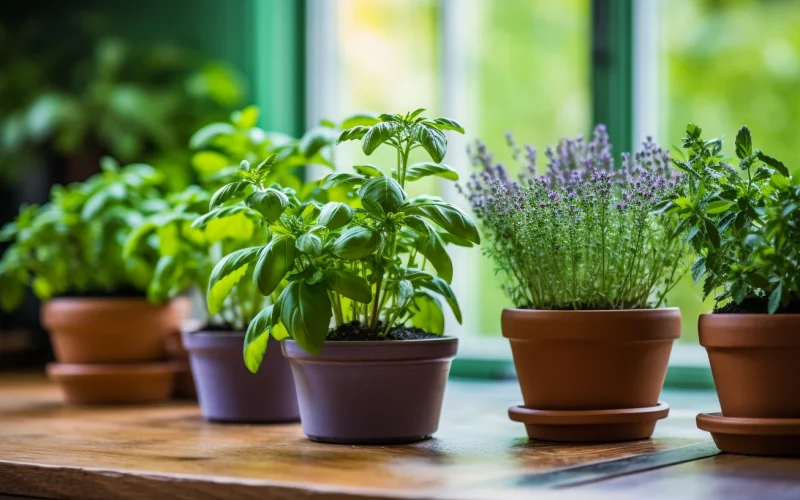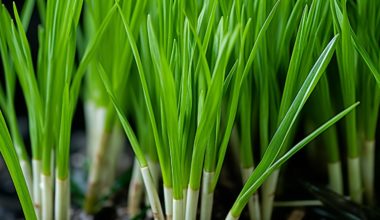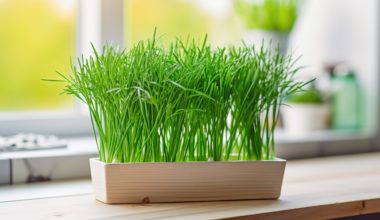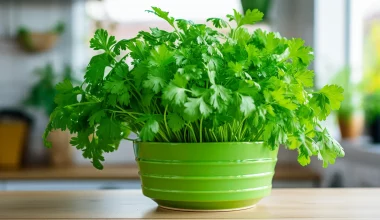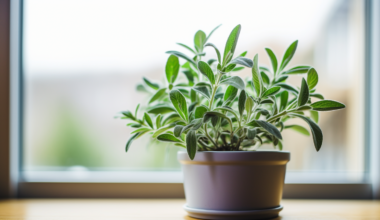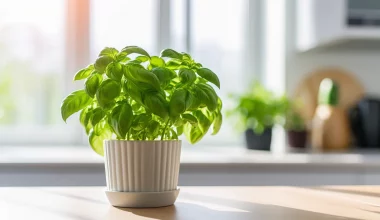Are you ready to add fresh flavors and aromatic scents to your culinary adventures? Growing herbs at home is a wonderful way to enhance your dishes, bring nature indoors, and experience the joy of cultivating your own mini herb garden. In this beginner’s guide, we’ll explore the art of growing herbs, whether you have a spacious backyard, a cozy balcony, or limited space indoors. Get ready to embark on a flavorful journey and discover the delights of homegrown herbs!
The Benefits of Growing Herbs at Home
Growing herbs at home offers a multitude of benefits, both practical and enjoyable. Let’s take a look at a few key advantages:
- Access to Fresh Flavors: Imagine plucking fresh basil leaves for your Caprese salad or adding a handful of vibrant mint to your refreshing summer drinks. Homegrown herbs provide unparalleled freshness, flavor, and aroma that elevate your culinary creations.
- Cost Savings: Store-bought herbs can be expensive, and they often come in larger quantities than you need. By growing your own herbs, you can harvest only what you require, reducing waste and saving money in the long run.
- Health Benefits: Herbs are not only delicious but also packed with essential nutrients and beneficial compounds. Incorporating fresh herbs into your meals can enhance their nutritional value and contribute to a healthier lifestyle.
- Therapeutic and Aesthetic Appeal: Cultivating herbs at home brings nature’s therapeutic benefits indoors. The sight, scent, and touch of lush greenery can create a calming and serene atmosphere, enhancing your well-being.
Growing Herbs Indoors
If you have limited outdoor space or want to enjoy fresh herbs year-round, growing herbs indoors is the perfect solution. Here are some essential steps to get you started:
- Choose the Right Herbs: Opt for herbs that thrive indoors, such as basil, parsley, cilantro, chives, thyme, or mint. Select varieties specifically bred for compact growth or use dwarf varieties to suit indoor conditions.
- Provide Adequate Light: Herbs require a minimum of 6-8 hours of sunlight daily. Place your potted herbs near a sunny window or use artificial grow lights to supplement natural light.
- Select Suitable Containers: Choose well-draining containers with drainage holes to prevent waterlogging. Use pots with saucers or trays to collect excess water and avoid damaging your indoor surfaces.
- Use Quality Potting Mix: Use a high-quality potting mix that provides good drainage and aeration. Avoid garden soil, as it tends to be too heavy and may contain pests or diseases.
- Watering and Humidity: Herbs prefer slightly moist soil, so water them when the top inch of the soil feels dry. Be cautious not to overwater, as it can lead to root rot. Some herbs, like basil, benefit from increased humidity. Mist the leaves occasionally or place a tray with water near the plants to create a humid microclimate.
- Pruning and Harvesting: Regularly pinch or trim your herbs to encourage bushier growth. Harvest leaves as needed, starting from the top, to promote continuous growth and ensure a fresh supply of herbs for your culinary delights.
Growing Herbs in a Home Garden
If you have outdoor space available, growing herbs in a home garden allows you to enjoy a larger variety of herbs and potentially larger harvests. Consider the following steps:
- Select a Sunny Location: Most herbs thrive in full sun, so choose a location in your garden that receives at least 6-8 hours of direct sunlight per day. If you have partial shade, opt for herbs like cilantro, chervil, or mint that can tolerate less sunlight.
- Prepare the Soil: Herbs prefer well-draining soil rich in organic matter. Amend your garden soil with compost or well-rotted manure to improve fertility and drainage.
- Planting Herbs: Dig holes or create rows for your herbs, spacing them according to the specific plant’s requirements. Follow seed packet instructions or transplant young herb plants into the prepared soil, ensuring they are at the appropriate depth.
- Watering and Maintenance: Water your herbs deeply, allowing the soil to dry out slightly between waterings. Avoid overhead watering to minimize the risk of diseases. Regularly remove weeds around your herbs and mulch the soil to conserve moisture and suppress weed growth.
- Pruning and Harvesting: Prune your herbs regularly to maintain their shape and promote bushier growth. Harvest leaves and stems as needed, preferably in the morning when the flavors are most concentrated.
Creative Herb Garden Ideas
- Vertical Herb Garden: Utilize vertical space by installing wall-mounted planters or repurposing a hanging shoe organizer to create a stunning vertical herb garden.
- Windowsill Herb Garden: Transform your windowsill into a mini herb garden by placing small pots or a long planter box filled with your favorite herbs.
- Herb Spiral: Construct a beautiful herb spiral using bricks or stones. This design offers multiple planting zones with varying microclimates, allowing you to grow a wide range of herbs in a small space.
- Container Herb Garden: Utilize containers of different sizes and shapes, such as pots, buckets, or wooden crates, to create a charming and portable herb garden on your balcony or patio.
Conclusion
Growing herbs at home is a rewarding and accessible way to elevate your culinary experiences while adding a touch of greenery to your living space. Whether you choose to grow herbs indoors or in a home garden, the process is both fulfilling and beneficial. Enjoy the flavors, scents, and countless possibilities that come with cultivating your very own herb garden. Get started today and savor the delights of homegrown herbs!
